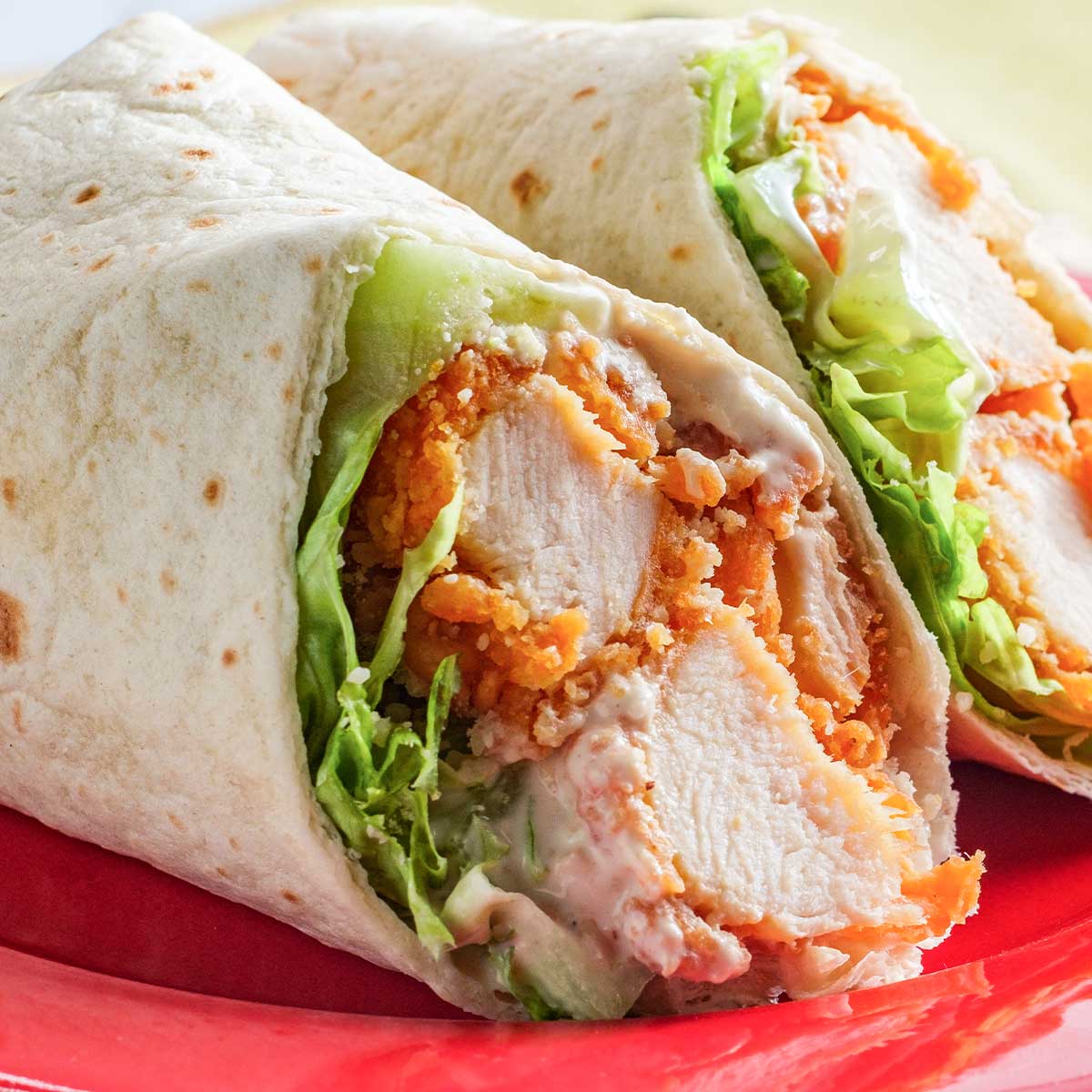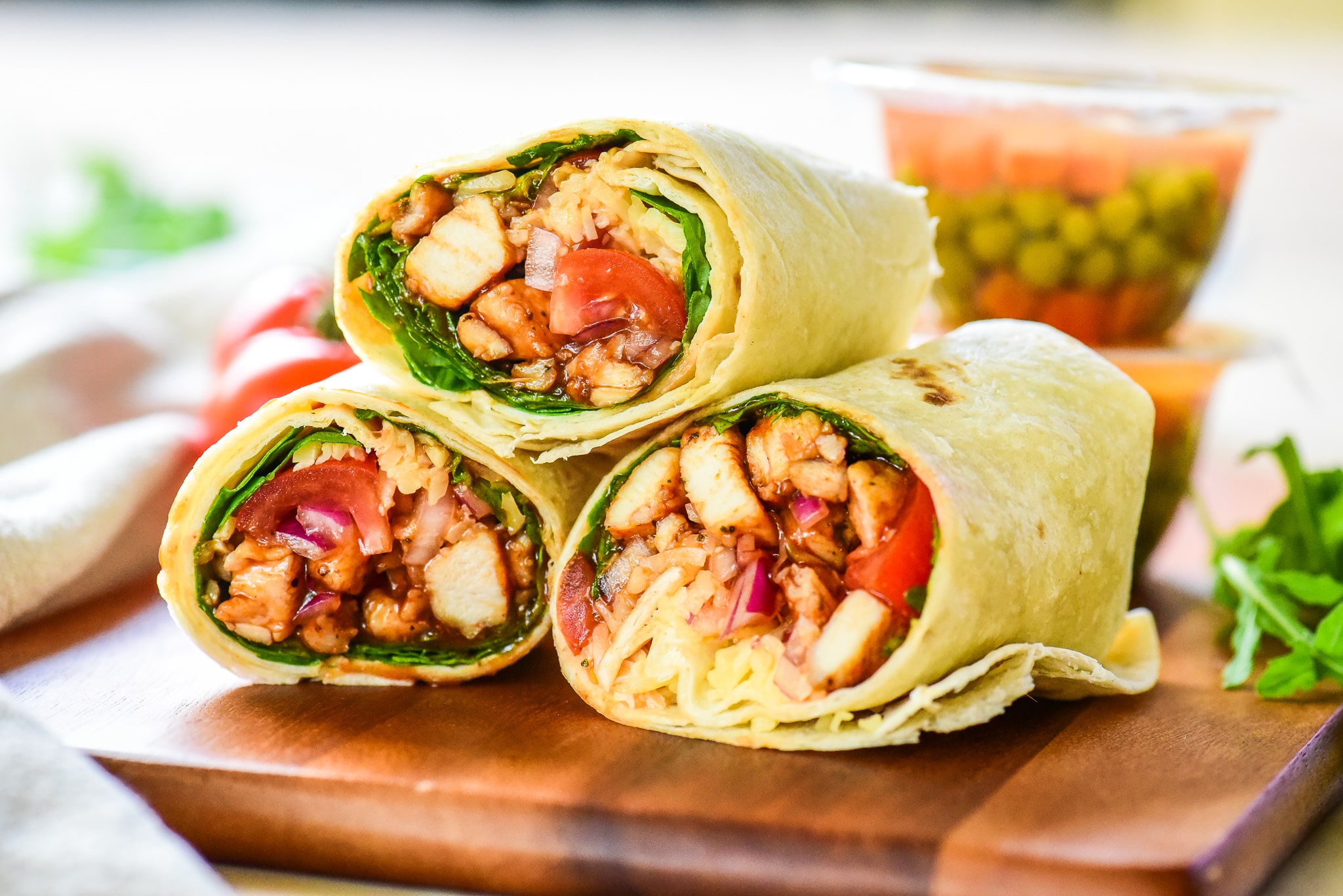Wrap around sandals have a rich history that spans thousands of years, embodying both functionality and style. These versatile footwear options have evolved dramatically over time, influenced by cultural shifts, technological advancements, and changing fashion trends. This article explores the journey of wrap around sandals from their ancient origins to contemporary designs, highlighting their significance in various cultures and their resurgence in modern fashion.
Historical Origins of Wrap Around Sandals

Wrap around sandals trace their roots back to ancient civilizations, where they served practical purposes in daily life. Archaeological findings indicate that the earliest forms of sandals emerged in the hot, arid climates of the Middle East and Mediterranean regions. Here’s a look at how these sandals have evolved through different historical periods:
- Ancient Egypt (circa 4000 BC): Egyptians wore sandals made from papyrus reeds and leather. Wealthy individuals often adorned their sandals with gold leaf and intricate designs, showcasing their status.
- Ancient Greece (circa 800 BC): Greek sandals, known as ‘kothornos’, featured a simple strap design that wrapped around the foot and ankle. They symbolized both practicality and elegance, commonly worn by citizens and athletes alike.
- Roman Empire (27 BC – 476 AD): Romans popularized a variety of sandals, including the ‘caligae’, which were worn by soldiers. The wrap around style was seen in various forms, illustrating the Roman’s affinity for functional footwear.
The Cultural Significance of Wrap Around Sandals

Beyond their practical uses, wrap around sandals have held cultural significance in various societies. They serve as a reflection of aesthetic values and social status. Some notable points include:
- Symbol of Status: In many ancient cultures, the materials used for sandals indicated social hierarchy. For example, leather sandals were often reserved for the elite, while simpler materials were used by the lower classes.
- Religious and Ceremonial Use: In some cultures, sandals were considered sacred and worn during religious ceremonies. In ancient Greece, for instance, sandals were often worn during rituals and festivals.
- Regional Variations: Different regions developed unique sandal designs based on local resources and climate. In Japan, the ‘geta’ and ‘zori’ sandals illustrate the adaptation of the wrap around style to suit traditional attire.
Technological Advances and the Modernization of Sandals

The transition from ancient to modern sandals involved significant technological advancements in materials and production methods. The Industrial Revolution in the 19th century marked a turning point, leading to mass production and a wider variety of styles. Key developments include:
- Materials: The introduction of synthetic materials such as rubber and foam revolutionized sandal production. These materials offered greater comfort and durability compared to traditional leather.
- Manufacturing Techniques: Mass production allowed for a variety of designs to be available at lower costs. This democratization of fashion made sandals accessible to a broader audience.
- Design Innovations: Modern designers have experimented with wrap around styles, incorporating elements like adjustable straps, arch support, and ergonomic designs to enhance comfort and functionality.
Contemporary Trends in Wrap Around Sandals

The resurgence of wrap around sandals in contemporary fashion reflects a blend of nostalgia and innovation. Modern fashion trends have embraced this classic style, leading to a diverse range of options for consumers. Some current trends include:
- Minimalist Aesthetics: The rise of minimalist fashion has popularized simple, elegant designs that feature clean lines and subtle colors. Brands like Birkenstock and Teva have successfully integrated wrap around styles into this trend.
- Eco-Friendly Materials: As sustainability becomes a priority for consumers, many brands are opting for environmentally friendly materials like recycled plastics and organic cotton in their sandal designs.
- High Fashion Collaborations: Luxury brands have begun to embrace sandals, often featuring wrap around designs in their collections. Notable examples include collaborations between high-end designers and traditional craftspersons, resulting in unique, artisanal pieces.
Case Studies of Popular Wrap Around Sandal Brands

Several brands have made a significant impact on the modern sandal market, each with its unique approach to design and sustainability. Here are a few noteworthy examples:
- Teva: Known for its outdoor sandals, Teva pioneered the use of nylon straps and durable materials. The brand’s commitment to sustainability includes using recycled plastics and promoting environmental awareness.
- Birkenstock: This German company has been a leader in comfort-oriented footwear since the 18th century. Their iconic wrap around sandals feature a cork footbed that molds to the wearer’s foot, providing exceptional comfort and support.
- Chaco: Chaco sandals are popular for their adjustable straps and rugged design, making them ideal for outdoor activities. The brand emphasizes durability and functionality, appealing to adventure seekers.
Statistics on Sandal Market Trends

The global sandal market has experienced significant growth in recent years. According to a report by Grand View Research, the global footwear market is expected to reach USD 320.4 billion by 2025, with sandals accounting for a considerable share. Here are some key statistics:
- In 2020, the global sandals market was valued at approximately USD 30 billion.
- The demand for eco-friendly sandals is projected to grow by 12% annually, reflecting consumer preferences for sustainable products.
- The online retail segment for sandals is expected to see a CAGR of 10% from 2021 to 2028, driven by the convenience of e-commerce.
The evolution of wrap around sandals from ancient times to contemporary fashion demonstrates their enduring appeal and adaptability. With a rich history rooted in practicality and cultural significance, these sandals have transformed into a fashionable choice for various occasions. Modern innovations in materials and design have further enhanced their popularity, making them a staple in many wardrobes. As sustainability continues to shape consumer preferences, the future of wrap around sandals looks promising, with brands striving to blend tradition with modern values. Ultimately, wrap around sandals are not just a fashion statement; they are a testament to a timeless design that transcends cultures and eras.